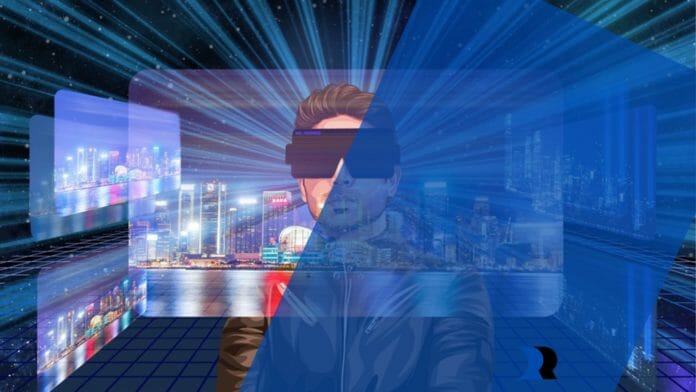For a considerable time, online gaming was hardly more than a fantastic idea. A bit like the idea of streaming music or live TV. The principle was good, but the reality was almost impossible to imagine. Dial-up modems had to be plugged into existing phone lines. The download speeds were so slow in the early 2000s that no sensible person would consider it a realistic option. While people got excited about the streets outside their houses being dug up to bring cable TV to their neighborhood, the cable itself had a copper core. While considerably faster than the overhead phone lines, the limited bandwidth was…… well, it was limiting.
TV Revolution
The revolution that was happening was how TV was delivered to homes. Cable and satellite connections allowed a broader range of TV programs to be beamed into our homes. However, we were still very much in the hands of the broadcasters, who decided what programs we watched. If we wanted entertainment options, we could take a trip to the video store and rent movies on cassette to take home and watch through the VHS player. Later these were replaced by DVDs, but it all involved lots of kits and cables to avoid fines from the video store.
Games Consoles
Another key piece of the home entertainment shake-up was the arrival of the games console. The TV set was no longer a passive item to gather around and watch as a family. People wanted to use it for different things, and one of those was playing video games. They started out glitch laden with clunky graphics. However, they rapidly developed into slick games with engaging storylines or compelling competitive elements that kept people coming back for more, much like how advanced AI girlfriends are now becoming a fascinating aspect of interactive digital experiences.
On-Demand Entertainment
As our cities and regions became better connected, on-demand TV and other entertainment became a distinct possibility. Music was the first industry to see the ground shift. Small MP3 files could easily be downloaded and stored locally on portable devices. However, for most people, streaming music, tv, or games was still highly unsatisfactory. Unreliable connections made for a disjointed experience. The wheel or status bar would just freeze, and the entertainment came to a grinding halt.

While this was exasperating when watching a film or TV show, it made online gaming almost impossible. Freezing at vital moments meant game progress would be lost and, in the case of multi-player games, the whole experience destroyed. For games with rich graphic content or animation, it was much better to buy the game in disc format and load it up on a console or PC to guarantee uninterrupted play.
Online Games
In the early 2000s, Sega launched the Dreamcast, its first console with genuine internet capabilities. However, it did not take off. It was way ahead of its time – the internet could not cope with its offerings. The gaming hardware might have come of age, but the old copper wires carrying the internet were unsuitable.
The successful online games had simple, easy-to-load graphics and visually were more like the early console games. The arrival of smartphones changed gaming to be more like what we experience today. Everyone had a miniature gaming device in their pocket. We discovered the joys of social media. Relatively simple games were downloaded and enjoyed. Angry Birds came along in 2009, and the first viral smartphone gaming phenomenon occurred. However, it was not until the advent of 4G that streaming on mobile devices became a real possibility.
In Our Homes
What really changed in our homes was that the broadband speeds we can access have increased exponentially. This is all down to fiber optics. Many homes now have access to 900 Mbps. This means that content can be streamed simultaneously on multiple screens. One family member can be on a video conference call, another playing on the Xbox online with friends, someone else can be trying out new online casinos, while another family member is streaming a movie. The miracle is no one is shouting that the internet is frozen.

The two massive changes are cloud computing and superfast internet. These two go hand in hand to make the early promises for online gaming a reality. The imagination of the game’s developers is no longer hindered by bad connectivity or lack of storage space.
Super Computers and Fiber Optics
We no longer need to store our games locally. Instead, we can stream them to our devices. This allows us to log into a game from wherever we are (if we have a fast enough connection). We can play multi-player games across a range of devices. We can play a game like FIFA with our friends regardless of the console, computer, or phone they are gaming on.
A beam of light can travel hundreds of miles down glass fibers. This has been known for decades, but turning it from theory into reality has taken some time. First, physical networks have had to be created with fiber optic cables across the world’s oceans. These are then linked by repeaters which act as amplifiers. Eventually, the fibers are connected to our homes, and we become part of the extraordinary gigabit network. As a result, vast data packages can now move around seemingly effortlessly.


